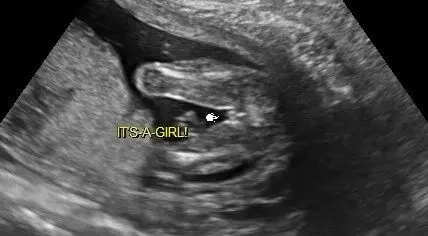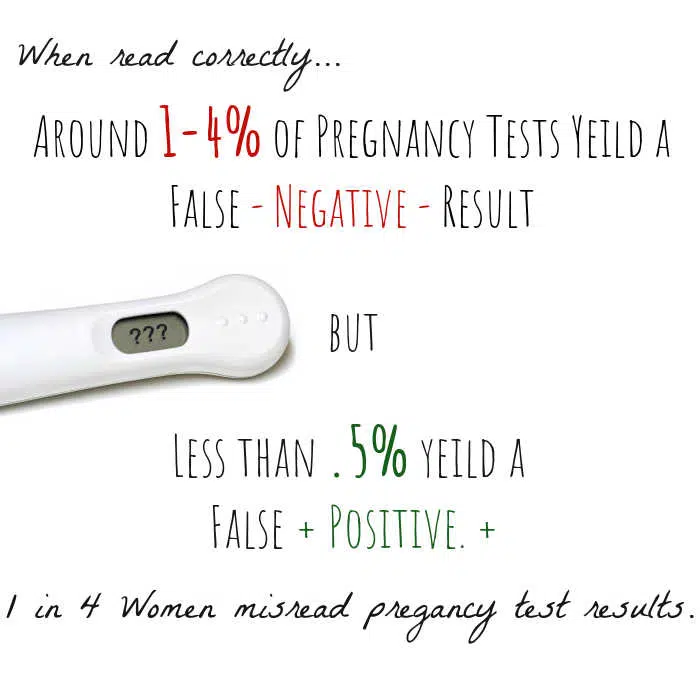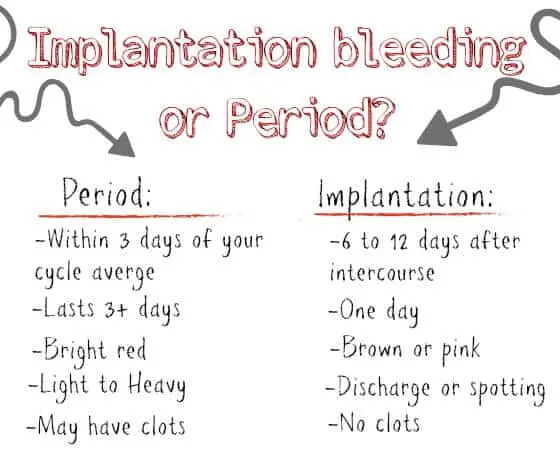I wouldn’t say we tried to conceive our fourth child for the sake of having a girl, but we did really want to have a girl after 3 boys. So, I set out to research how to conceive a girl and tried some things out, and I am happy to announce gremlin 4.0 is a girl! Before my efforts to conceive a girl, I was not aware how many other women have issues conceiving one gender or another. It did, however, seem girls were the harder of the two for many, so I thought I’d share what I did.

First off, if you want to have a girl after 3 boys, or even 1 or 2, what should you keep mind?
There are no guarantees. If you set out to gender sway (that’s what it is called to attempt to sway your chances of having one gender or another) you have to be ready to accept that you may end up with the opposite gender. If a happy, healthy baby is not good enough for you or you don’t really want another child unless it is a girl or boy, I recommend you just not try. Be honest with yourself in this department—kids are forever.
Second, there are a lot of different ways to sway, and there is a lot of conflicting information. Some sways can require some pretty drastic life changes, and others are quite minor. Either way, your commitment to those changes is important. The best resource I found in my 4-year attempt for a girl was genderdreaming.com. There is a forum full of very supportive women along with extensively researched methods of swaying. On top of that, the site is active. Members submit their sways and the results and everything is tracked. If something is or isn’t working, that’s addressed and examined. It truly is an invaluable resource that is free.
How did I personally conceive a girl after 3 boys?
Once I started my research, I found that much of my lifestyle was contributing to my all boy line-up. For instance:
Diet: I love cheese and meat. You have no idea how much, but it turns out that women who eat high-protein, nutrient-rich diets conceive more boys. In fact, vegetarians tend to conceive more girls. I drastically changed my diet for several months. I cut meat out during the day and switched to low-nutrient meals such as iceberg salad. I kept my dinner meat portions very small. For me, this was a huge change.
Another thing I did was skip breakfast.
Exercise: Next, while I’m by no means a couch potato, I have 3 boys, after all. I didn’t often make time for exercise before, but the stats over at genderdreaming were showing incredible results for weight loss and cardio. So, every morning I started riding my stationary bike in my living room for minimum of 60 minutes. I lost almost 20 pounds in 3 months.
I honestly think the exercise and diet were the main contributors to me having a girl after 3 boys, but I did do a couple of other things as well.
-I was taking cinnamon and Pregnitude, as blood sugar is said to have a roll in gender determination.
-I was taking vitex and saw palmetto. Lower testosterone and balanced hormones are also said to sway girl.
-I was taking baby aspirin. This is suggested to help conceive in general, as most of the methods to help conceive a girl also lower fertility.
Finally, I also had quite recently suffered a miscarriage. As far as I know you won’t find a study to support this, but many woman report conceiving a girl after a loss.
Anyway, I certainly am not suggesting doing exactly what I did will work for you if you are trying to conceive a girl, just putting my story up as a it-does-happen encouragement for those feeling they can never have a baby girl as well as some insight into how my baby girl came about.
As a helpful quick look for those just getting into gender swaying, you can read a short overview of gender ratio and factors of swaying supported by studies right here. We also have a new gender determination quiz based on the science of gender swaying found here. This quiz can be taken before or after conception.


